(1269 products available)



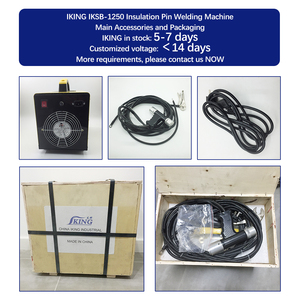

























































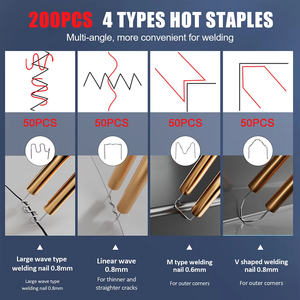





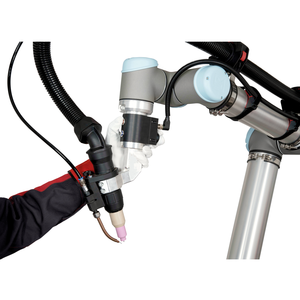



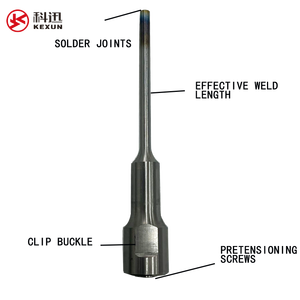










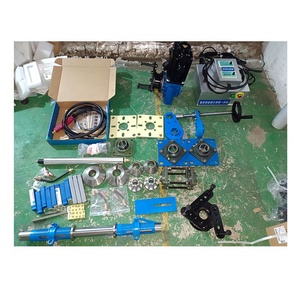

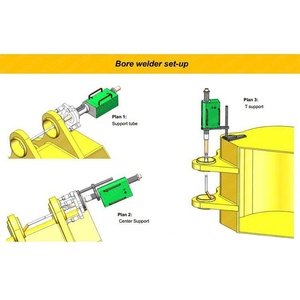

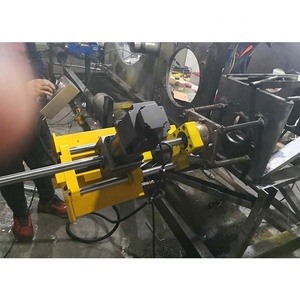




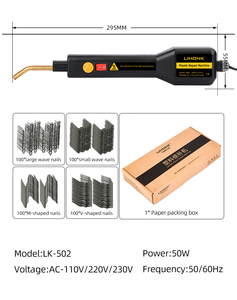











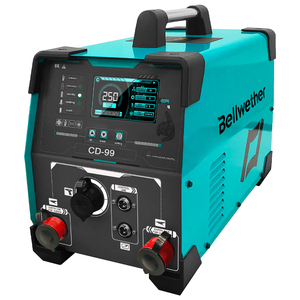




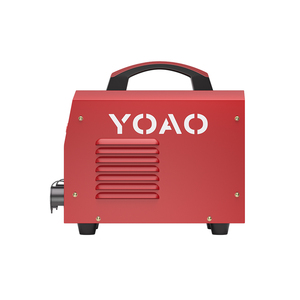






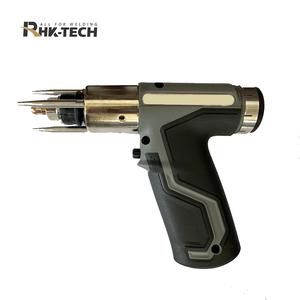
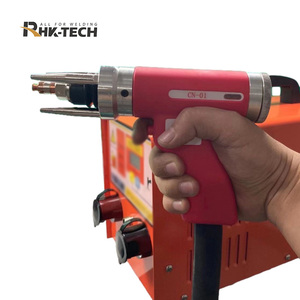
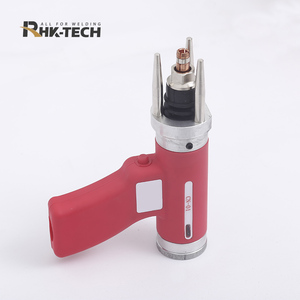






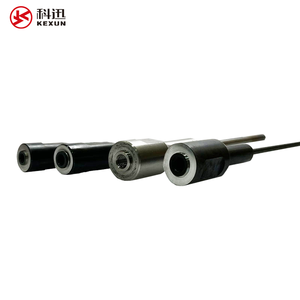




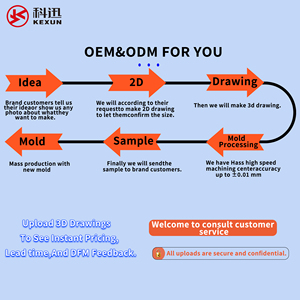








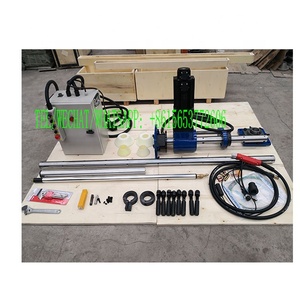








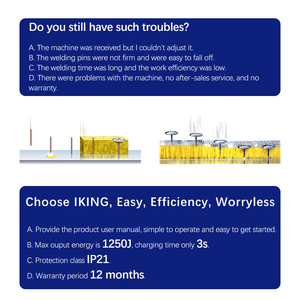

















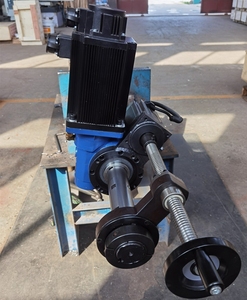
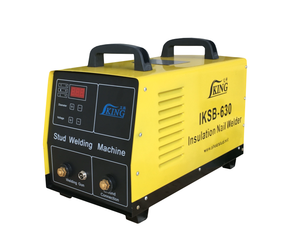
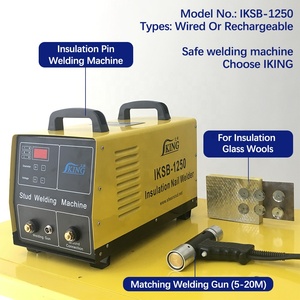

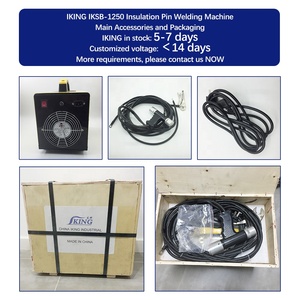


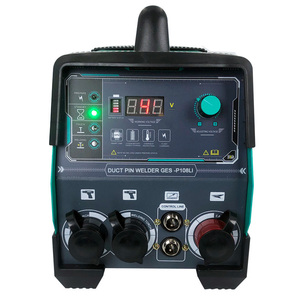




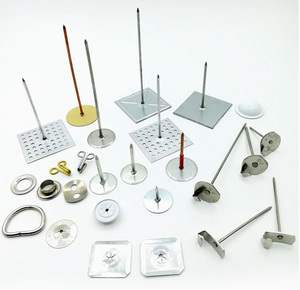




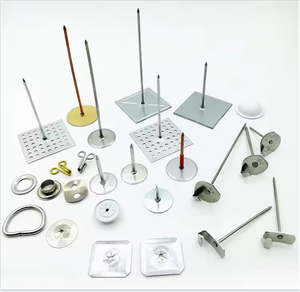







Pin welding equipment can work differently depending on what kind of welder it is. Here are the common types:
Manual pin welders
A manual pin-point welding machine needs the operator to place each pin by hand. This allows for careful movement, but it takes longer than most. Manual welding tools are best when fewer items are needed and mistakes should be corrected. These tools also work for smaller projects that cannot be done with bigger machinery.
Automatic pin welders
An automatic welder does most of the work by itself. The pins get inserted and melted without much input from a person. Factories use these welders because they allow work to continue without people stopping to do things. Automatic pin welders are great for large jobs that need to be done over and over again the same exact way.
Semiautomatic pin welders
Semiautomatic welders sit between the manual and automatic types. They need a person, but some parts of the pin welding process happen on their own. Semiautomatic machines are good choices when managing both large and small workloads is necessary. They offer a good balance of flexibility and efficiency for moderate production needs.
Portable pin welders
Portable welders are small enough to carry around. Such welders are fine for quick jobs or construction work where it would be tough to bring a large machine. Even though they are portable, they still finish pin welding tasks well. These welders are good for light job sites or projects that require mobility.
The following features are important to consider for a pin welder:
Electrodes
The part that holds and releases electrical power is called the electrode or welding tip. Electrodes come in many types of shapes and sizes. The welding job will determine which electrode to use. Common electrodes are tungsten, copper, and alloyed metals because they are strong and heat-resistant. Pins can weld better when matched with the right electrode.
Power settings to control
A welder needs to adjust the heat and energy levels. Proper control of power settings is crucial. Each project requires specific power levels. Controlling the power helps create a consistent electric current during welding. Controlling energy prevents excessive heat, which could harm materials or cause messy welds. The parameters must align with the tasks at hand. Adjusting these settings allows for precision, stability, and meeting requirements.
Transformer
The electric current needs to be changed to the right voltage with a transformer. Pin welding machines transform normal electricity to higher voltages as needed for welding. A good transformer ensures the welder gets the proper amount of power. If the transformer is poor, problems may arise during welding. The materials being welded also dictate what kind of transformer is best.
Timer
Timers show how long to apply power during welding. A timer is important in large production, helping to achieve constant welds every time. Each weld needs a set time to ensure it has the proper strength. Using a timer will weld pins consistently. It prevents workers from rushing or pausing to guess timing and makes the quality uniform.
Following are the uses of pin welders in commercial settings:
Automotive Industry
The automotive industry uses pin welders for many things. They help assemble car bodies by welding parts together quickly and precisely. Pin welding leaves strong joints that help keep the vehicles secure as they drive around. In places where electric cars are made, pin welders help join the special batteries and electric parts. Their work makes cars more efficient and keeps production going. Other machines cannot do what pin welding does, so car factories rely on it heavily.
Aerospace Manufacturing
In aerospace production, pin welders assist in creating lightweight but durable airplane frames. They do this by welding the thin metals that airplanes use. Welders in this field must be very exact, and pin welding provides that. Pin welding helps build aircraft safely while keeping their forms intact through careful assembly. It makes aerodynamics and flight capability as good as possible. Strong pin welds, therefore, are mission-critical for air travel.
Electronics Assembly
Electronics machinery has tiny parts that need joining, and pin welders make that happen. They assemble important components in electric devices, such as circuits and batteries. Pin welding is favored here because it generates low heat so that sensitive materials never melt or break. Devices made for precise work rely on pin welding. It creates smooth welds that keep everything wrapped in proper insulation.
Industrial Equipment Production
Industrial machines use pin welders to fabricate their steel frames and assemblies. Pin welding finishes all joining without the bulkiness of rivets or the mess of regular welding. Manufacturers of equipment like diggers need quick production with a strong result. Pin welding delivers both through streamlined operation.
Construction Applications
In construction work, pin welders install pins fast through welding to reinforce structures. They create stable and long-lasting connections between metal beams. The technique pins down steel very tightly where it makes the best connections. Building contractors love how readily pin welding holds up under heavy loads over time. Thus, it becomes critical for erecting tall commercial buildings safely.
When choosing a pin welder, buyers should think about a few things. The first is the materials. Different types of welders work best on certain metals. It is important to pick one that handles the specific metals needed for the job. Next, consider the production volume.
A manual welder may work well for small projects, but an automatic one is better for large, repeated tasks. Buyers should also note that different welders have various power levels. The power needs to match the materials to create the best welds. The welder's size and portability are additional factors.
Considering these factors will enable buyers to select the most suitable pin welder for their needs.
The case and inner parts of machines often are made of sturdy steel alloys. These materials hold up best when exposed to the high currents used for pin welding. Insides also use copper or graphite electrodes. These metals are strongly conductive to electricity. There are then insulated cooling systems. Water or fans cool machines so they do not overheat from prolonged use.
Users of pin welders like any conveniences. Simple controls are appreciated. What matters most is the precision of welds and the power behind making them. Pin welding machines offer digital settings for total accuracy. Strong welding currents ensure speedy and reliable work. Compact sizes enable transport from one job site to another. Getting so much done well makes the machines popular.
Models have recently become more digital. Smart programmings allow the welder to adjust all its settings automatically based on patterns it learns from experienced operators. This helps remove any human errors during pin welding, which can slow things down. With these new function additions, the welds finished are done faster with even greater quality standards.